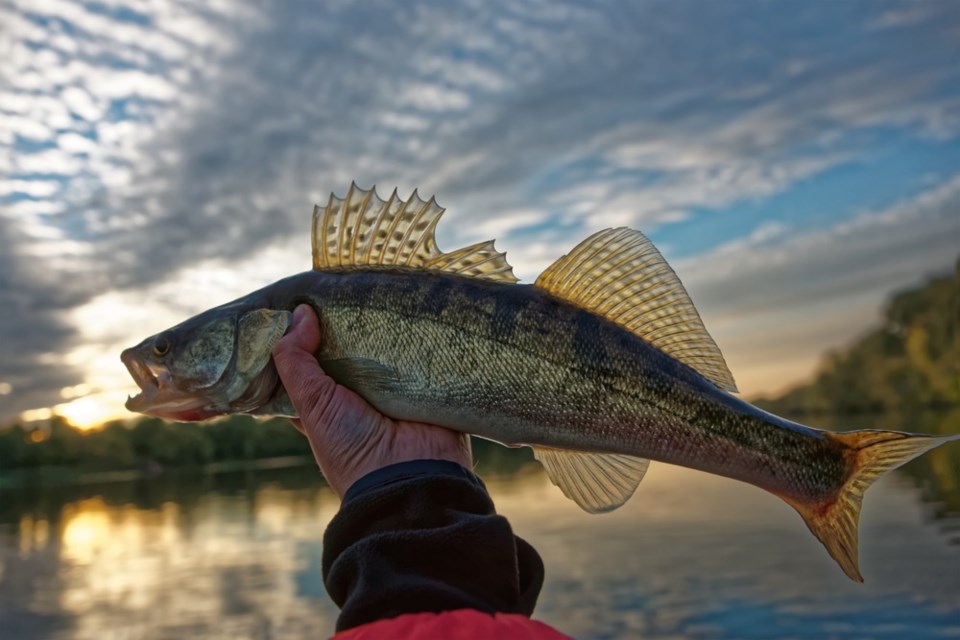KENORA -- Lake of the Woods is one of 12 significant inland fisheries in Ontario and has been monitored by officials since 1979.
The lake, which is both an interprovincial and an international body of water, plays host to a commercial and recreational fishery with 60 businesses tied to the tourism sector, however, the population of walleye has been dipping over the years.
As a result of the decline, the province has launched a series of public meetings on how to address the situation.
Officials who monitor walleye numbers on Lake of the Woods believe they have narrowed down what could be the cause of a population decline in species.
Dak de Kerchkhove, research scientist, NDMNRF aquatic research and monitoring section, says harvest and recreational fishery is high enough to be a cause for concern.
“The harvest and recreational fishery is high enough on it’s on through our monitoring data to be a cause for concern and require discussion,” said de Kerckhove.
“We note that the observed walleye mortality, and I’m going to talk a little bit more about mortality, which is the death rate, can be directly attributed to our recreational harvest.”
Gathering the data of both the biomass and mortality of walleye in the lake from surveys conducted pre-pandemic, researchers have placed Lake of the Woods walleye population in the category of overfished and experiencing overfishing.
Provincial Aquatics Monitoring Lead, NDMNRF biodiversity and monitoring section Blair Wasylenko said the biomass of the Lake of the Woods walleye stock is low for a healthy lake.
“The biomass of the Lake of the Woods walleye stock is lower than the amount we would expect to see for a healthy lake and this threshold is called a fisheries reference point. Mortality is higher than we would expect for a healthy stock,” Wasylenko said.
“We also observed a lower number of old big fish when compared to large recreational walleye fisheries, such as Rainy Lake.”
As a result of the findings, an advisory council made up of representatives from the area has put forward a proposal that will see changes in the limits for Lake of the Woods.
Northwest Region Fisheries Specialist Steve Bobrovicz said All Lake of the Woods anglers will be treated with the same set of regulations.
“They would have this differential limit between what they can catch in one day and what they can possess.”
The information session ended with a question and answer period from members of the public who had joined, allowing officials to answer questions not covered by the presentations.
Another virtual session is scheduled for the evening of March 29, however, there is hope for in person sessions later this spring and summer.
